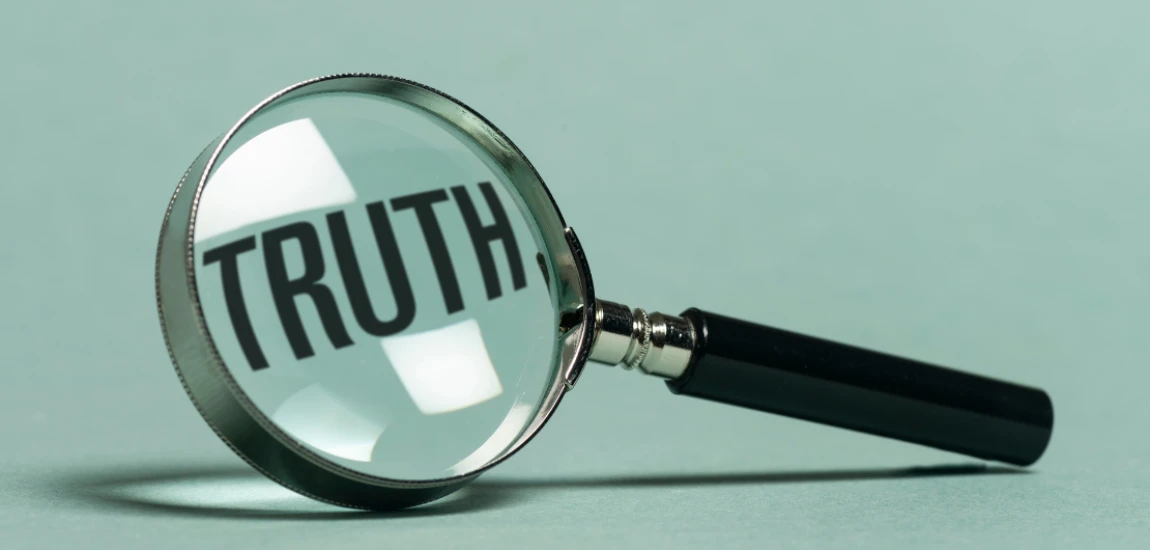Deepfake Technology: Harmless Fun or a Threat to Truth?

Deepfake technology has emerged as one of the most fascinating and controversial innovations of our time. At its core, deepfakes use artificial intelligence (AI) and machine learning techniques to manipulate images, videos, or audio in ways that are often indistinguishable from reality. While this technology has opened new creative avenues in entertainment, education, and marketing, it has also sparked widespread fears of disinformation, fraud, and identity theft.
The name “deepfake” combines “deep learning” (a type of AI) with “fake,” perfectly capturing its essence. Using generative adversarial networks (GANs), these systems can mimic human voices, facial expressions, and gestures with stunning accuracy. A video of a celebrity endorsing a product, a politician delivering a controversial speech, or even a loved one making a request could all be entirely fabricated yet appear authentic.
This raises a profound question: is deepfake technology simply harmless fun—like satirical memes and movie special effects—or does it represent a serious threat to truth and trust in the digital age? The answer isn’t simple. To understand, we must examine both its creative potential and its darker consequences.
In this blog, we’ll break down how deepfakes work, their legitimate uses, their risks to democracy and personal security, and the urgent need for regulation and digital literacy. By the end, you’ll see that deepfake technology is not inherently “good” or “bad”—it’s a powerful tool, and its impact depends on how society chooses to use and control it.
The Creative Potential of Deepfakes: Entertainment, Education, and Innovation
Not all deepfakes are malicious. In fact, deepfake technology has revolutionized creative industries, offering innovative applications that were unimaginable just a decade ago.
In the entertainment sector, deepfakes have been used to bring historical figures back to life or digitally de-age actors for movie roles. For example, filmmakers can now recreate performances by actors who have passed away, preserving their legacy for future generations. Similarly, marketing agencies employ deepfake techniques to localize advertisements for global audiences by seamlessly translating facial movements to match different languages.
Education is another promising field. Museums and historical institutions use deepfake-driven avatars to allow visitors to “interact” with figures from the past. Imagine students learning about Albert Einstein or Martin Luther King Jr. through realistic digital recreations that speak directly to them. This creates an immersive and memorable learning experience far beyond what textbooks can offer.
In healthcare, researchers are exploring deepfake-style simulations for therapeutic training. For example, therapists can use realistic digital scenarios to help patients overcome social anxiety or trauma. Likewise, deepfake-based speech synthesis has given people with vocal impairments a chance to communicate in their own reconstructed voices, restoring dignity and personal identity.
Even in corporate environments, deepfake technology has been used to improve training simulations and internal communications. By creating lifelike virtual scenarios, employees can practice skills in safe, controlled environments before applying them in the real world.
While these applications showcase the positive side of deepfakes, the underlying concern remains: what happens when the same powerful technology is used for deception instead of education or creativity?

The Dangers of Deepfake Technology: Disinformation, Fraud, and Identity Theft
Despite its creative potential, deepfake technology poses significant risks to individuals, businesses, and society at large. One of the most pressing concerns is its use in disinformation campaigns. Political deepfakes—videos of world leaders making false statements—could destabilize governments, influence elections, or incite violence. In an era already plagued by fake news, deepfakes make it exponentially harder to separate fact from fiction.
On a personal level, deepfakes can be devastating. The technology has been weaponized in non-consensual pornography, where victims’ faces are superimposed onto explicit content without their permission. This form of digital abuse disproportionately affects women and can cause severe emotional distress, reputational harm, and even career damage.
Deepfakes also enable new forms of financial fraud and identity theft. Cybercriminals have used AI-generated voices to impersonate company executives, tricking employees into transferring large sums of money. Similarly, fraudsters can fake biometric data, like facial recognition scans, to bypass security systems. As deepfakes become increasingly convincing, these crimes will only grow more sophisticated.
Another issue is the erosion of trust. When people know that videos and audio can be easily faked, they may begin doubting authentic evidence as well. This phenomenon, known as the “liar’s dividend,” allows wrongdoers to dismiss legitimate recordings as deepfakes, making accountability harder to enforce.
In short, while deepfakes can entertain and educate, their misuse can undermine trust in institutions, destabilize democracies, and cause irreparable harm to individuals’ lives.

Balancing Innovation and Regulation: How to Manage the Risks of Deepfakes
The challenge with deepfake technology is finding a balance between encouraging innovation and preventing misuse. Overly restrictive laws could stifle creativity and beneficial applications, while too little regulation leaves society vulnerable to abuse.
Governments and organizations are beginning to respond. Some countries have introduced legislation criminalizing malicious deepfakes, particularly those used for election interference or non-consensual pornography. In the U.S., states like California and Texas have enacted laws that ban certain harmful uses of deepfakes. However, global consensus remains elusive, as regulations vary widely across jurisdictions.
Technology companies are also playing a role. Platforms like Facebook, YouTube, and TikTok have introduced policies to remove harmful deepfakes, though critics argue enforcement is inconsistent. Meanwhile, AI researchers are developing deepfake detection tools that analyze digital fingerprints and inconsistencies in manipulated media. These tools are improving, but as detection evolves, so too does the sophistication of deepfakes—a cat-and-mouse game with no clear end.
On a personal level, digital literacy is critical. People must be trained to critically evaluate online content, verify sources, and recognize signs of manipulation. Media outlets also need to adapt, using fact-checking and transparency to rebuild public trust.
Finally, collaboration is key. Governments, tech companies, academics, and civil society must work together to create international standards for the ethical use of deepfake technology. Like nuclear energy or genetic editing, deepfakes are too powerful to be left unchecked.




